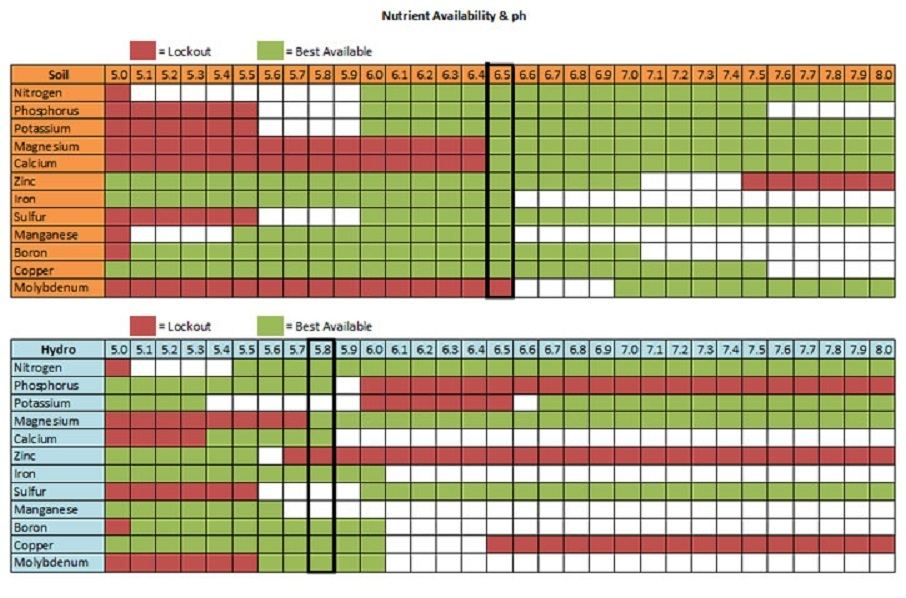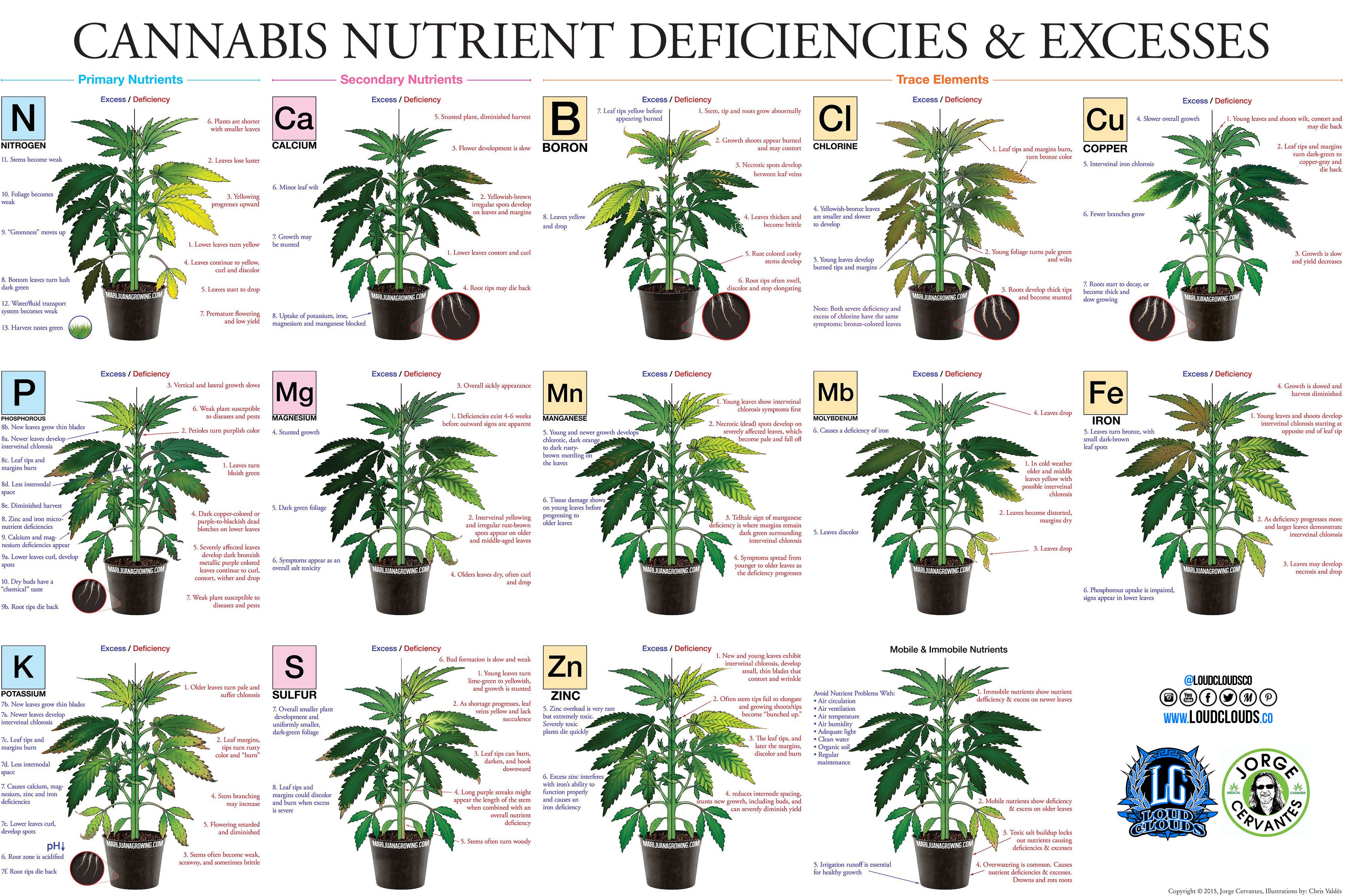was the answer to this, to officially try a different water source.
and leds are about 20 inches above the canopy
Depending on the wattage your using I have seen some weird situations with conditions that appear to be nutrient or lack of nutes but were related to the distance of the leds from the canopy. Suggest on your next fresh run try elevating the lights some more to see if this helps. Lots of folks think that cause their lights are now LED and not HID that with minimizing heat you can put leds closer and thats true to some degree, but wattage, optic lens used, degree of focal point and par along with uva and uvb emitted can actually burn or bleach the plant. Cant prove it just my opinion and thoughts.
On water sources with high alkalinity you could always use RO or source your water from elsewhere which is a PITA. Or you can treat your water source with an acid to bring down the alkalinity levels to an acceptable range.
Here is a way to accomplish reduction but it involves handing and use of chemicals. Here is the recipe. Adjust amounts per the actual amount of water treated.
How to Reduce Water Alkalinity for Gardening
Irrigation water is an important element of gardening. Water varies in alkalinity content much like soil, and at times it must be adjusted to provide the most hospitable conditions and the best results for your garden plants. It is important to know what type of plants you have in your garden and what alkalinity levels those plants prefer. Then your irrigation water supply can be adjusted to match.
1 Fill a large barrel or water tank with the irrigation water in need of alkalinity adjustment. Measure the size of the container so the proper calculations can be made when adding the necessary chemicals.
2
Add the acidic chemical of your choosing to the water tank or barrel so the pH level of the water within is reduced to the preferred irrigation standard of 5.8. The alkaline levels in the water will also be reduced by the increase in acidity. Each type of acid must be applied according to its own relative ratio based on a thousand-gallon water supply, and each is available in most gardening and home improvement centers.
3
Don your safety gear before working with acids. Add 9.1 ounces of citric acid per 1,000 gallons of irrigation water, 6.6 ounces of nitric acid, 8.1 ounces of phosphoric acid or 11 ounces of sulfuric acid. Add only one of these substances to your water supply and never attempt to mix more than one. Multiply these ratios to fit for water supplies that are larger than 1,000 gallons, and reduce them accordingly for smaller supplies. For example, if you are treating 100 gallons of water, you would add 0.91 ounces of citric acid and so on.
4
Stir the mixture gently with a long-handed shovel so the acid works its way evenly through the water supply. Test the water supply for pH and alkalinity. The ideal pH level lies between 5.2 and 6.8 for most plants, and the ideal alkalinity ranges from 30 to 60 calcium carbonate parts per million in most cases. Use a water pump and garden hose to distribute the water around the garden. I would use the Ph range as a base, but would use the range your cannabis strain likes and stick with that.
Things You Will Need
- Barrel
- Water tank
- Citric acid
- Nitric acid
- Phosphoric acid
- Sulfuric acid
- Long-handed shovel
- pH test
- Alkalinity test
- Thick work gloves
- Eye goggles
- Long sleeve shirt
- Long pants
Tip
- Alkalinity is often confused with pH, but the two are not interchangeable terms. A pH test measures the amount of acid or basic in water, while an alkalinity test measures the water's acid-neutralizing properties only.
Warning
- Use caution when working with corrosive, poisonous elements like acid. Serious injury and death can occur. Wear heavy work gloves, eye goggles, long sleeves and pants at all times to prevent injury by splash or spill.
I hope this helps.







